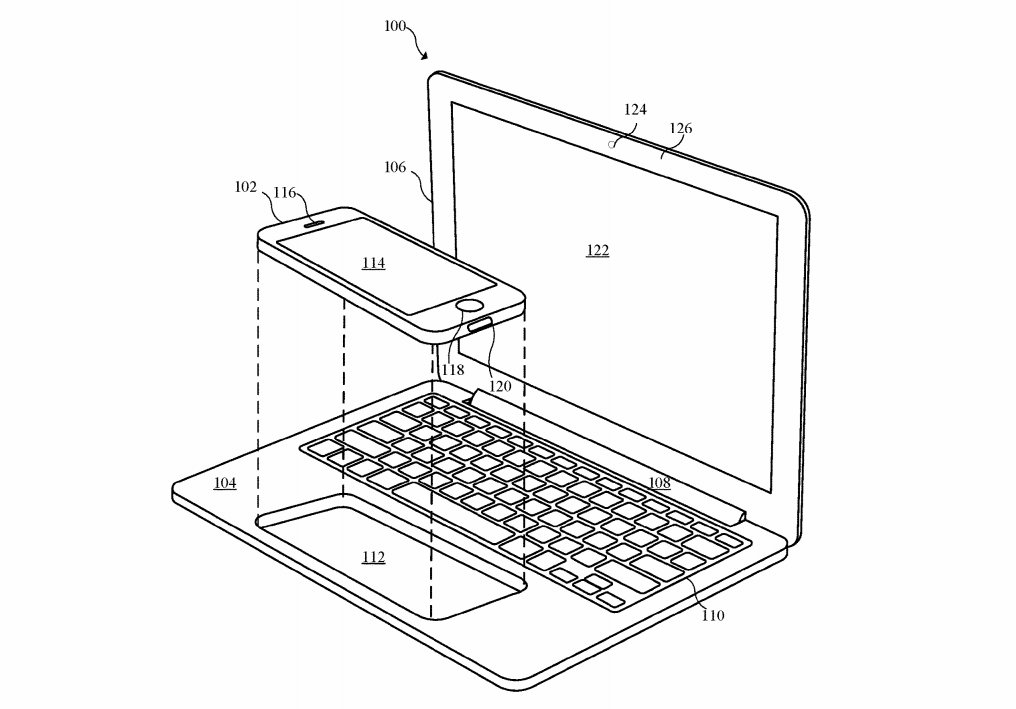jollaDesk - a phone as a desktop computer/game?
A smartphone of today is pretty much a quite capable computer. The multiple cores and graphics coprocessors are fast. There is plenty of memory to run the software. The phone is small enough to carry in a pocket and the touchscreen (and the virtual keyboard) makes the system easy to use. And the networking is fast enough for file transfers too.
But compared to stationary computers there are some things to wish for. The display could be bigger. Typing is slower than with a hardware keyboard. And where do I save all those films and music?
Most smartphones are connected to a USB charger of some sort when arriving to work or coming back home.
Now imagine that USB cable connected to a powered USB hub. Connected to the same hub is a 2.5" external hard disc, a small keyboard and a display. This is what a JollaDesk might look like. The phone isn't connected to a computer. The phone is the computer.
Connecting the cable activates the bigger display and the phone display turns into a touchpad with notifications. If someone sends you a message you will know it instantly. A special gesture minimizes the touchpad app and you have full phone functionality, ready for a call.
The bigger display gets the image through the USB cable. The user experience is fluid and sharp. A computer display that supports HDMI is all what it takes, but it could be used with huge TV screens and projectors too.
The keyboard could be tiny. It could be cordless. It could be your old and loud mechanical one connected with a PS/2 adapter. The feel of a personal favourite is hard to replace.
The last piece of the puzzle is the external hard disc but explaining the good things about having lots of storage is pretty unnecessary...
It is all pretty easy to imagine, isn't it? Would it be hard to create?



Actually what is missing to have this is: USB-OTG, Video out and a GUI to make it user friendly. All the other pieces are there i think. You can have something like an systemd-nspawn container with your favorite distro.
ApB ( 2014-10-19 15:34:14 +0200 )editfrom a hardware perspective the current jolla phone isnt capable of USB Host Mode for the external HDD or keyboard, and doesn't have the hardware for MHL.
r0kk3rz ( 2014-10-19 15:43:07 +0200 )edithttp://www.vesa.org/news/vesa-brings-displayport-to-new-usb-type-c-connector/
Also this.
ApB ( 2014-10-19 15:46:28 +0200 )editI think Intel(?) had a working prototype similar to this some 4-5 years ago. I can't remember the project name. Their idea had the phone dock into a case which had the electronics for the drive, the monitor etc.
Sanjay Mehta ( 2014-10-19 16:54:44 +0200 )editWhat's the point of an external HDD? Just pop in a 64GB µSD-card. For the rest, there's NAS. Keyboard and mouse simply use bluetooth. The only hardware really missing on the Jolla is a display interface. I'm not saying a USB interface wouldn't be nice, it's just not a hard requirement for this.
Other than that, the idea is far from new. I hope Jolla picks up on this, but they seem not very keen on it. They might be beaten to it by Ubuntu.
Fuzzillogic ( 2014-10-19 18:11:10 +0200 )edit